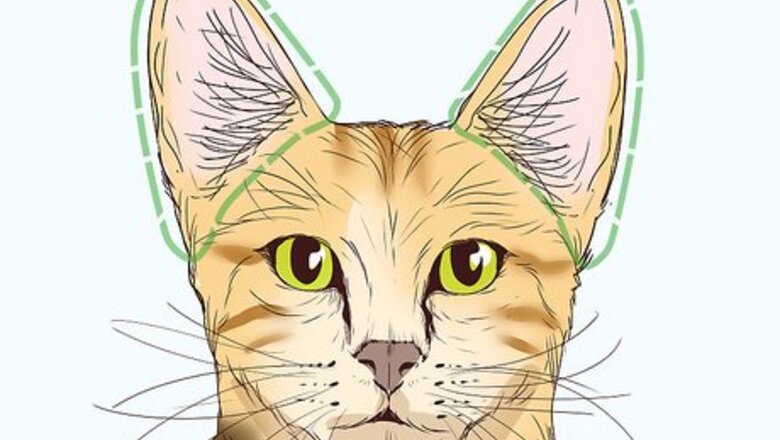
views
X
Research source
The breed was created by interbreeding between servals -- an African wildcat -- and several domesticated cat breeds.[2]
X
Research source
This pedigree gives the Savannah a special appearance and personality. Highly sought after, these cats are also difficult to breed. As a result, they can be expensive and hard to find.
Recognizing a Savannah
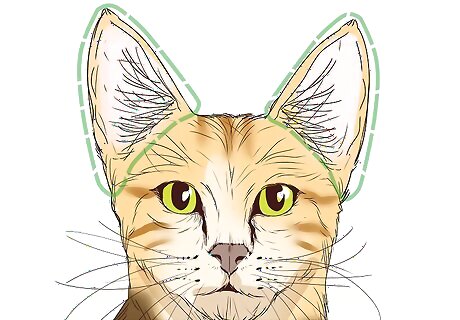
Observe the ears. These cats have inherited the large ears of the African serval. They are tall and long. Situated directly on top of the head, they point straight up, instead of out.
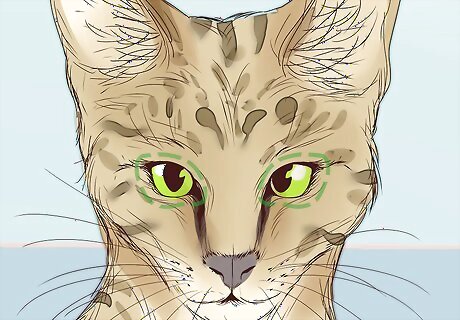
Pay attention to the eyes. The Savannah also has distinctive eyes. They are slightly hooded and the overhanging skin creates the appearance of eyes that are flat on top. This contrasts with the perfectly rounded eye shape of many other breeds. Their dark black/brown tear duct lines are prominent. Some have noticeable ocelli which are the 'eyes' on the back of the ears. Most often they are multi colored to mimic an eye with white circular markings with darker bars above and below on the backs of the ears. Ocelli serve social functions, such as signaling to kittens and confusing predators. When cats play or fight the flattened forward facing ears expose the ocelli to their opponent as a warning.
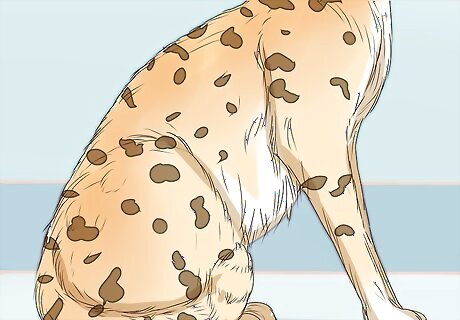
Look for spots. The most distinctive feature of the Savannah cat is their coat. They have markings somewhat similar to those of a wild African cat. Because Savannahs have been interbred with a variety of domestic breeds, their coats can vary somewhat. But there are important commonalities. The Savannah’s coat can be brown, tan, silver, or gold, with dark spots. It can also be black with spots of a slightly different shade of black. The Savannah’s spots can be round, oval, or elongated. It should have a series of parallel stripes along its back. Smaller spots will be on the face, legs, and feet. The Savannahs are short-haired cats.
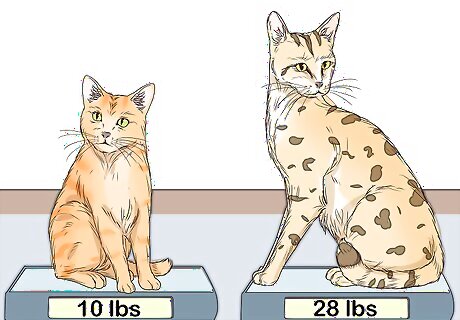
Pay attention to the body type. Servals are medium-sized cats. As Savannahs become more interbred with domesticated cats they will decrease in size. A purer Savannah might be as big as 15 to 28 pounds. More interbred Savannah’s might not be much larger than the average house cat. But they should still have especially long legs that often make them look bigger than they are.
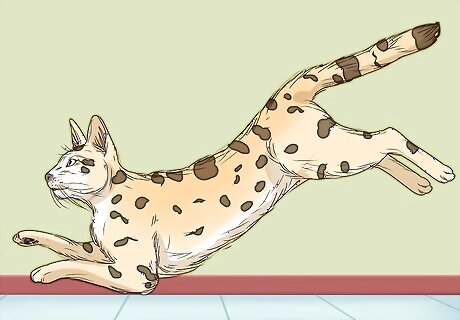
Watch for personality. Because they are closer to their wild ancestors, Savannahs are not sedate lap cats. They are loyal, friendly, and can be extremely active. They are curious, playful, and energetic. Savannahs will be particularly inclined to climb and make long, vertical jumps. Savannahs’ curiosity and energy can get them into trouble. Be careful with your valuables and put guards over all electrical wires.
Finding Savannahs
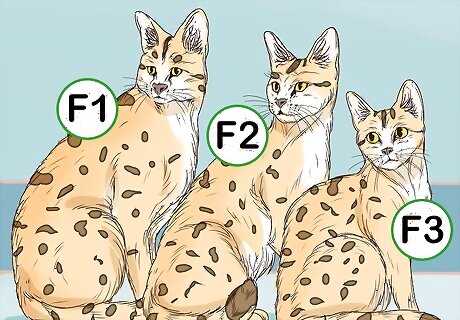
Research the terminology. There is a rather extensive coding system for Savannahs. These codes represent the different types of breeds that the Savannah was interbred with – and thus its physical features – and also how many generations removed your cat is from the wild Serval. The most basic terminology for Savannahs is their generational rank. An F1 is the direct offspring of a serval and a wildcat. An F2 is one generation removed, and an F3 is one more generation removed. The closer a Savannah is to an F1 the larger it should be.
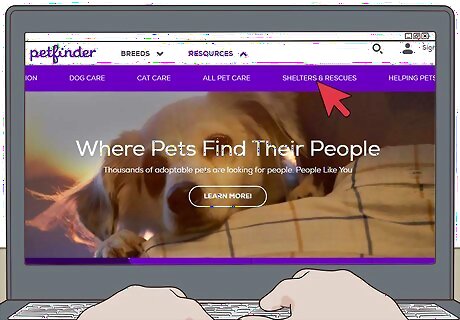
Look in shelters. Savannahs are rare and a bit more expensive like other pure breed cats. The likelihood of finding one in a shelter might be low, but a shelter cat would save you a lot of money and be the most humane option. Using websites like Petfinder.com, which allow you to search through a large database of pets, makes the odds of finding such a rare breed more manageable. There are rescue groups and other local rescue agencies that rehome Savannah cats.
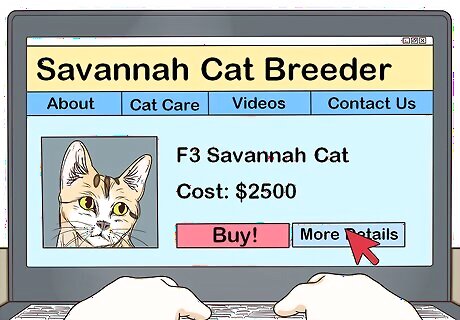
Find a breeder. Buying a Savannah from a breeder can cost $-1000- $3000 or more depending on pet or breeding status. Purchasing from a breeder might increase your likelihood of getting what you are looking for, but you still need to be mindful of how reputable the breeder is. Indicates that a breeder might not be reputable include: always having kittens available, having multiple litters on premises, always having your choice of a kitten, and presenting the option of paying online with a credit card. Be sure to check out the facility where the breeding happens and meet the parents. If the parents have a good disposition and appearance, it is more likely that the children will as well. Watch for signs at the breeder's house that the animals are sick or poorly maintained. If the cats are sneezing and lethargic or the place appears unclean and has a strong odor, it is possible that the conditions are unhealthy. Veterinarians are often a good resource for referring you to a reputable breeder.




















Comments
0 comment